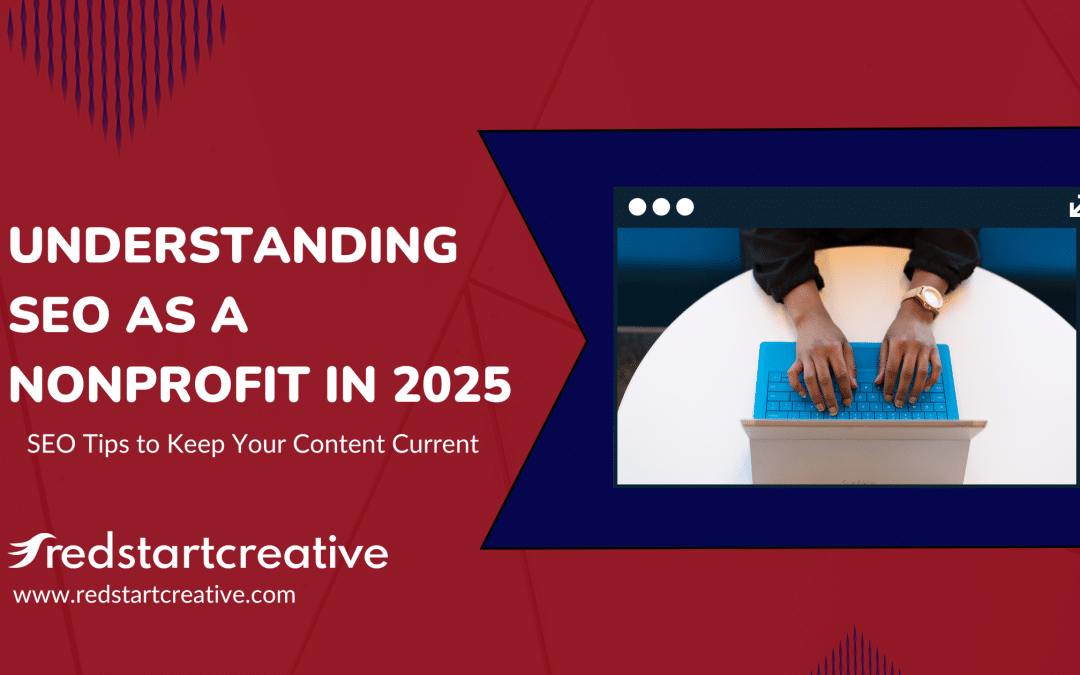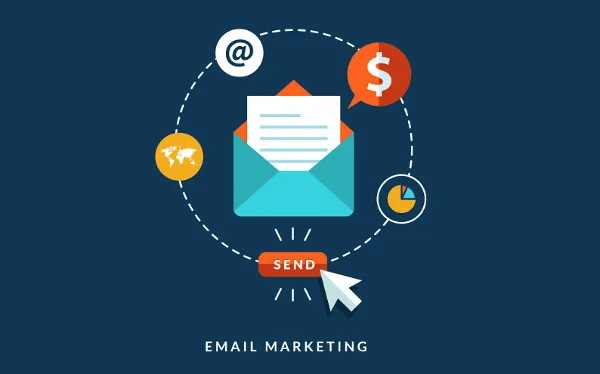Bullet points are direct. Short sentences are efficient. But we at Redstart Creative have found that narrative storytelling is simply one of the best marketing tools for any organization, especially those in the nonprofit sector.
Nonprofit storytelling has been around for a while and it is obvious why: the origin story of most nonprofits comes from a place of heart, empathy, and service toward the less fortunate. The end goal of these nonprofits may have slight adjusted over the years but their stories have not. And this is what matters most to stakeholders and donors: providing substantial reasons for their investment of time and money.
Storytelling isn’t just about fluff and hot air, however. A good piece of authentic, from-the-heart narrative, can be used as a successful marketing tool when it comes to fundraising, capturing their supporters’ attention, and educating them about their cause. People want to know more about the organization that claims to do so much good and how they came to be in the first place. They don’t want a sob story, or to be preached at, but a story that uplifts can inspire them to get involved. Once attention and interest have been piqued, then it’s only a matter of time until a visitor becomes a dedicated supporter.
Here are some tips that nonprofits and their communications personnel can use in order to successfully produce some outstanding marketing storytelling:
Set your goals
Not every page of a nonprofit’s website needs to have an evocative, thought-provoking narrative. This is why it’s important to see and set what your intentions are, in order to carefully plan out where storytelling marketing can be used the most effectively. Are you trying to raise awareness? Raise funds? Grow membership? At the end of the day, maybe all these reasons channel to the same idea of instilling confidence and trust in your cause, but if the initial goal is different, then the story process will be different too. Thinking about what you’d like to accomplish and planning accordingly will make the storytelling not only easier to produce but also more understandable for the audience, in the long run.
Evoke Empathy
This is where emotional vocabulary comes into play. Too much can come across as overbearing and make the audience feel bad, which is never a good intention, and with too little, you’re at risk of high drop-off rates. Instead, with the right amount of pathos and central character/s thrown in, you’ve got yourself real-life anecdotes that people can relate to and feel connected to. Testimonials and personal stories create a sense of realism and authenticity. You’re not just talking about facts and figures anymore, but about human stories and human experiences. Nowadays this is what entices the audience the most and will keep them emotionally invested longer.
Reveal Results
To really ‘seal the deal’, so to speak, audiences have to know what the results are and how they came about. These don’t have to be revealed in a simplistic fashion, nor in a highly convoluted way. Instead, by clearly explaining the objective of any given story, the obstacles that were overcome, and the result that proceeded, you are clearly showing a way in which your nonprofit reached a resolution and how. This can be through donor impact, volunteer action, or even community involvement. What eventually happened, why did it matter and what did it change. These three simple questions will help the storytelling conclude and will cement the audience’s interest in your cause.
Redstart Creative’s ultimate aim in helping nonprofits with their marketing content is to ensure that their goals are met as effectively and efficiently as possible. This is why we employ storytelling techniques and have helped dozens of nonprofits delve deeper into their intentions and then translate those into evocative narratives that speak to the audience and generate a greater impact. To learn more about our marketing techniques and how we can help you, feel free to contact us. https://www.redstartcreative.com/contact



